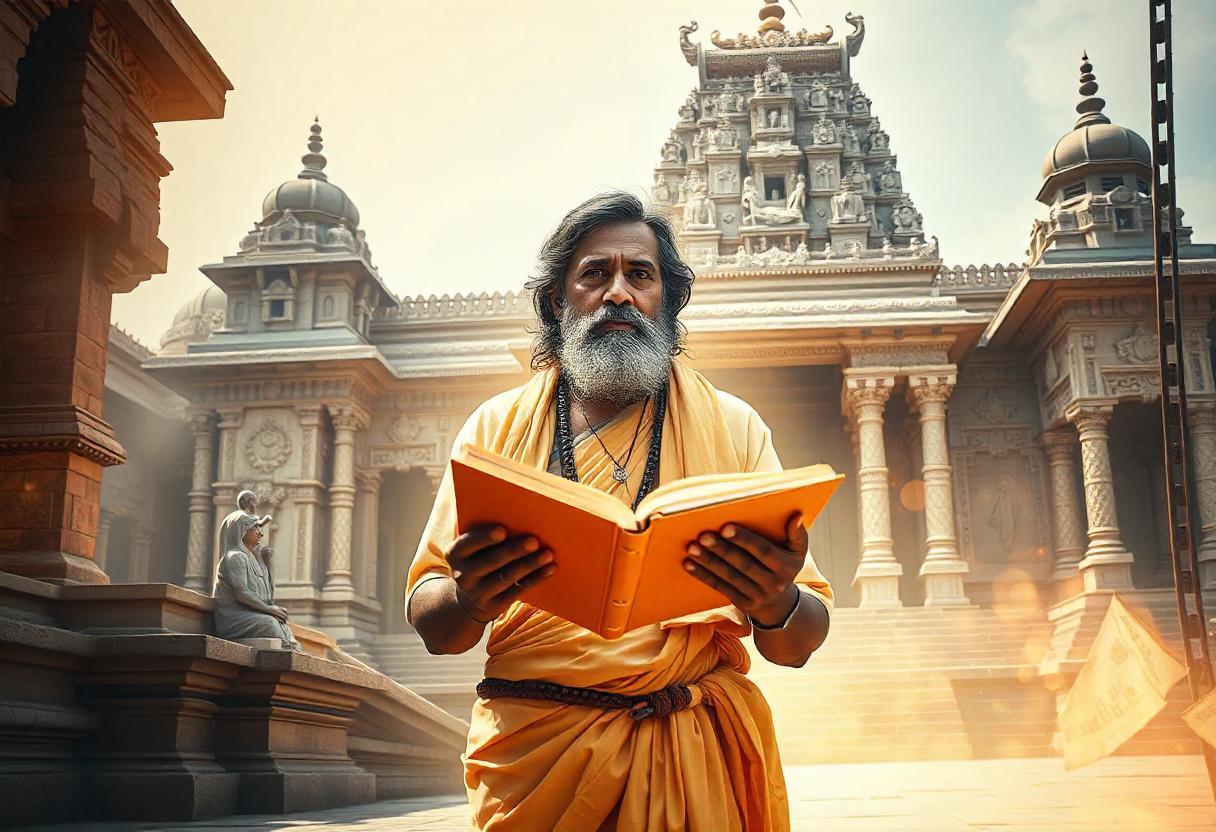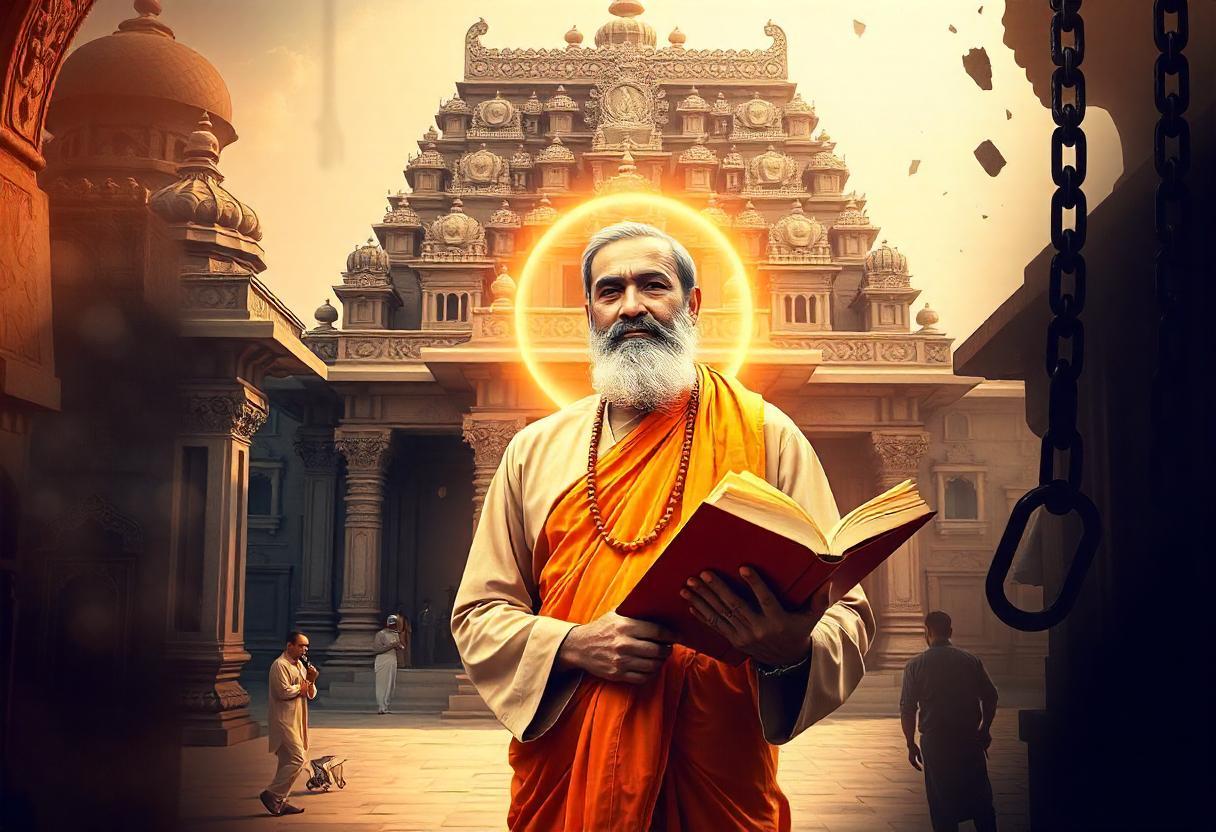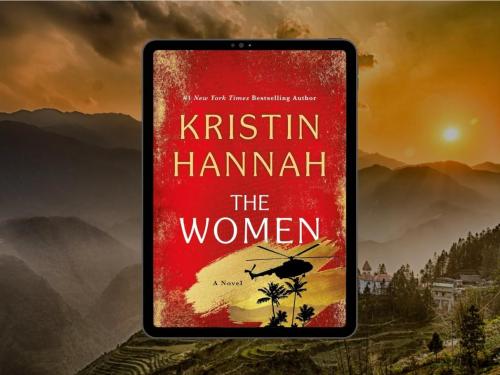What is Hindutva? Unveiling Historical Realities
In recent times, "Hindutva" has emerged as a central theme of public discourse, prompting an in-depth exploration of its meaning, role, and influence in shaping Indian nationalism. But what does Hindutva truly represent?

Vivekananda: The Napoleon of Hinduism
Whenever the discussion of Hindutva arises, one cannot help but think of Swami Vivekananda, who is often hailed as the pioneer who brought Hinduism into the global spotlight. Roma Rolland aptly described him as the "Napoleon of Hinduism" for his relentless efforts to champion Hindu identity and pride on the world stage. Vivekananda's interpretation of Hindutva is not just a mere ideological stance but a profound and benevolent embodiment of Hindu values.
Vivekananda played a crucial role as a bridge between ancient and modern India. His time marked the dawn of a new era where Indian culture faced the challenges posed by Western modernity. This period sparked a deep introspection leading to a significant revival of authentic Indian values, a process that began with Raja Ram Mohan Roy and culminated with Vivekananda.

Misinterpretations of History and Hindutva
In the modern context, the concept of Hindutva has evolved into something that differs greatly from the principles espoused by figures like Ramakrishna and Vivekananda. The ideologies of Savarkar and Golwalkar, often associated with contemporary Hindutva, diverge significantly from Vivekananda’s inclusive and harmonious vision.
The distortion of historical facts plays a significant role in this divergence. The portrayal of Islamic invasions as the beginning of a dark era in Hindu history, for instance, overlooks the complex and nuanced interactions between different communities in medieval India. This skewed reading of history contributes to a narrative that pits Hindus against Muslims, contrary to the more integrated and culturally rich history of India.
Revisiting the Facts: Shivaji and Muslim Relations
A closer examination of history reveals a different picture. Shivaji, often depicted as a staunch enemy of Islam, did not harbor animosity towards Muslims as a community. The conflicts of his time were more political than religious, and Shivaji’s actions reflected a respect for religious diversity rather than a crusade against Islam.
The relationship between Hindus and Muslims in medieval India was characterized by cultural exchanges and mutual respect, rather than the perpetual enmity suggested by some modern narratives. This harmonious coexistence is evident in the shared festivals, linguistic exchanges, and the contributions of Muslim scholars to Indian literature.

The Role of Sufi Saints in Religious Harmony
Sufi saints played a pivotal role in fostering Hindu-Muslim unity. Their teachings emphasized the spiritual essence of religion, transcending the ritualistic differences between faiths. Sufism, with its deep roots in love and devotion, contributed significantly to the spread of Islam in India by focusing on the shared spiritual goals of all religions.
Sufi writings in local languages made their teachings accessible to the common people, further promoting interfaith understanding. The influence of Sufi thought is also evident in the writings of Hindu saints like Kabir, who echoed the Sufi emphasis on universal love and the rejection of religious orthodoxy.
Conclusion: The True History of Hindutva
The history of Hindutva is not merely the history of kings and conquerors; it is also the history of the people and the spiritual leaders who shaped the cultural landscape of India. To understand Hindutva in its true sense, it is essential to look beyond the political narratives and explore the rich tapestry of cultural and religious interactions that have defined India for centuries.
The inclusive and harmonious vision of Hindutva, as envisioned by figures like Vivekananda, offers a path toward unity and mutual respect. It is this vision that must guide us as we navigate the complex realities of modern India.






